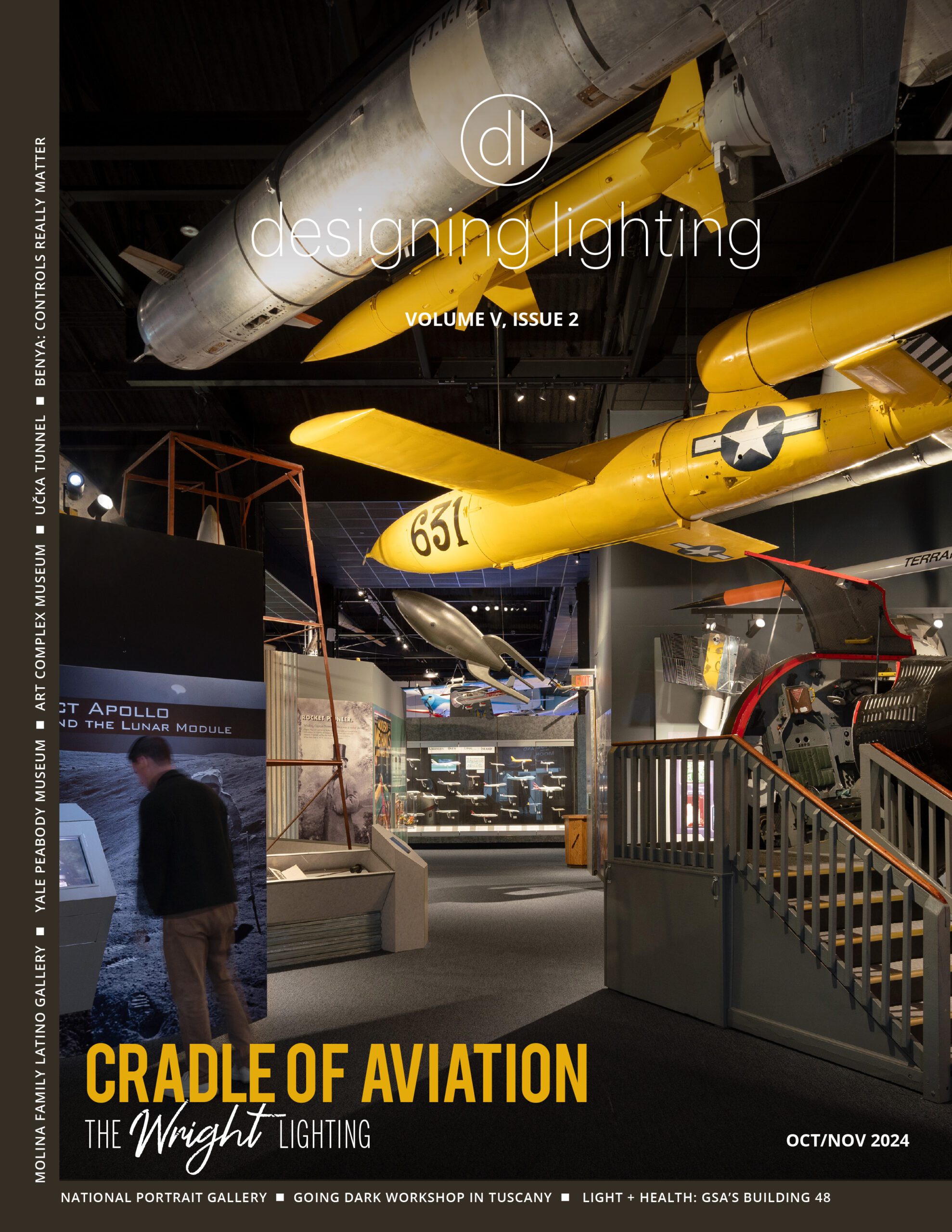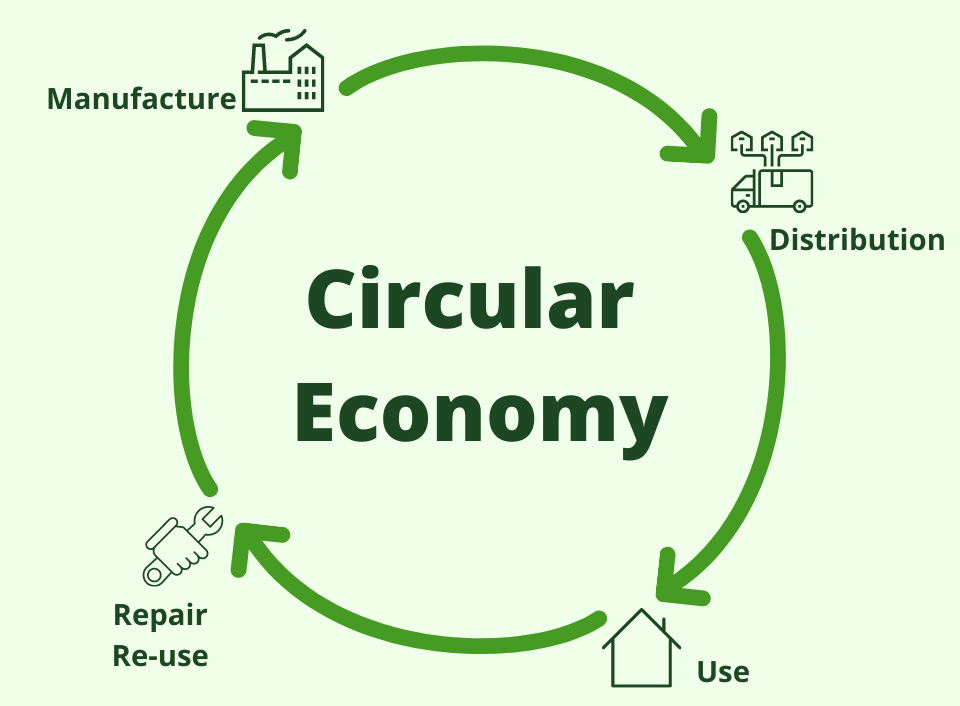LEDucation, the ultimate marketplace for solid-state lighting innovations organized by the Designers Lighting Forum of New York, hosted their 2021 Virtual Conference & Marketplace on Tuesday March 16 and Wednesday March 17. The live event hosted a vast array of exhibitors and sessions on topics from lighting design to sustainable lighting. One of the Zoom webinars that focused on sustainable lighting practices, titled “Greenish,” featured Jimalee Beno from OCL Architectural Lighting, Renee Borg from Sixteen5hundred, Jennifer Lavins, an independent contractor, and Yuliya Savelyeva from Arup. These speakers offered multiple perspectives on the issue from the eyes of an agent, manufacturer, lighting designer, and architect. The session’s name “Greenish” refers to progress in sustainable lighting technology and awareness; however, it’s not titled “Green” because “we aren’t quite there yet,” in terms of creating a circular economy and sustainable accountability, according to Beno.
Beno kicked off the webinar on Wednesday morning discussing the importance of holding one another accountable to implement sustainable lighting practices. She described the UN Sustainable Development Goals, a global partnership that was created to tackle climate change. The collection of 17 goals hopes to create a more sustainable future by reducing waste and establishing a broad range of circular economy. A circular economy involves creating products that can be easily maintained and have a second life. Beno encouraged listeners to consider if a lamp can have a second life as a stool, or other creative alternatives. Currently, the linear economy focuses on keeping the lights on; however, it is very damaging to the environment because most waste ends up back in the ground. Lastly, Beno emphasized the importance of accessibility and transparency. Sustainable practices and products must be searchable on manufacturers’ websites, so that potential buyers can see Declare Labels, Red List items, and ROHS criteria. TOXNot is one great resource that provides transparent information. She finished her segment by saying, “The time is now, we are at a tipping point, and I hope everyone feels challenged and excited to participate in this growing trend of sustainability.”
Next, Borg, a manufacturer representative discussed the importance of creating conscious conversations around sustainability: “Sustainability has a large social component. It’s about your children, your grandchildren, and the world that we will leave them.” She emphasized the importance of working together, as consumers and manufacturers, to brainstorm the next innovative lighting solutions that will lower the carbon footprint and make communities safe and inclusive. Meanwhile, continuing education on tunable light, circadian light and other sustainable efforts is essential. “Design is really about creation with intention,” Borg said to once again touch on intentionality.
Savelyeva offered her perspective as a lighting designer, saying, “The lighting industry has a particular gap where we see lighting products as only having one life.” She also touched on the importance of establishing a circular economy and offered multiple examples of existing sustainable efforts. Among these were 57 St. Design, which buys back furniture regardless of wear, and AMP, which developed an automated method of separating recyclable materials – a process that can be very costly and time consuming. She finished her segment by saying, “We’re thinking about human-centered design, but that’s not enough – we need to think about lighting waste, working conditions of manufacturers, etc., so that we can move forward.”
Lavins concluded the “Greenish” session from her perspective as an engineer and architect. She described one of her projects, Silver Oak Winery, and the challenge of finding lighting products that included no items from the Red List. The Winery received LEED Platinum certification – the highest-level rating that green building can achieve – from the U.S. Green Building Council (USGBC). Similar to Beno, she emphasized the importance of transparency and creating a universal method of listing sustainable practices so that they are accessible to everyone. Hopefully, as awareness and education surrounding sustainable practices spread, the lighting industry will go from “Greenish” to green.




